These tariffs are supposedly based on the US Trade Representative's calculations of "tariffs imposed on US goods." However, economist Paul Krugman points out that they do not reflect the actual tariffs imposed by countries.
The White House's calculation appears to take the US goods trade deficit with a country, divide it by the total amount of imports from that country, and then cut it in half to come up with a "reciprocal" tariff.
For example, the US imported $8.4 billion worth of goods from Bangladesh in 2024, with a trade deficit of $6.2 billion. Dividing 6.2 by 8.4 gives us 0.738 – close to the 74% tariff rate announced by the White House, which includes “currency manipulation and trade barriers”.
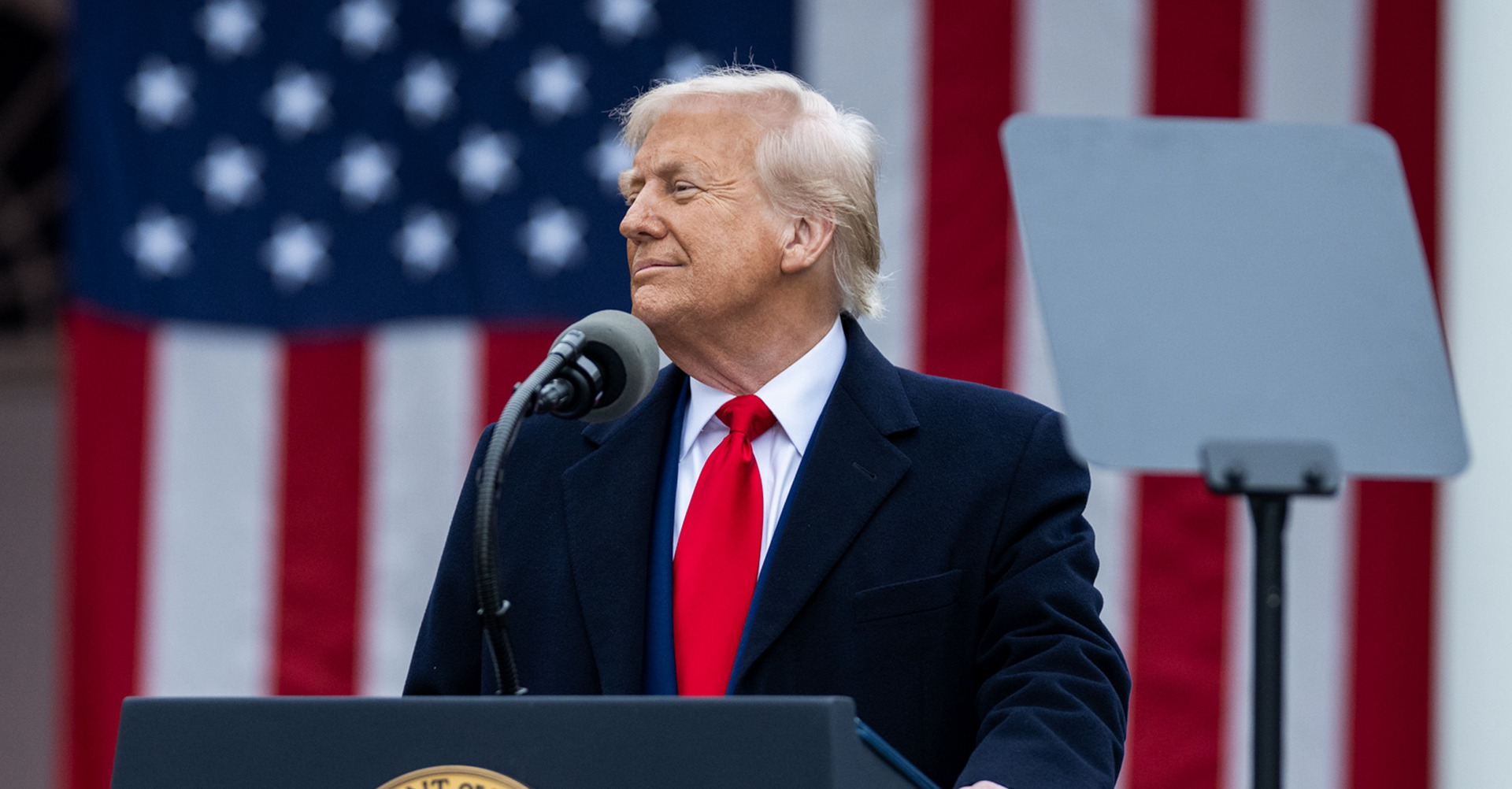
US President Donald Trump at the "Make America Wealthy Again" event in the Rose Garden at the White House on April 2. Photo: White House
This approach raises many questions. Is the US implying that all trade deficits stem from fraud or currency manipulation?
This calculation raises many questions. Is the US assuming that all trade deficits are due to fraud or currency manipulation? A White House official said the tariffs are calculated based on the principle that "the president is very lenient and wants to treat the world well."
Another official said it was the “fairest in the world” because it reflected all commercial activity and fraud.
Financial markets did not take the news well. S&P 500 futures fell 2.7% as of 10 p.m. in New York, while the Nasdaq lost 3.4%.
It’s unclear how long these tariffs will last, especially as the legal basis for them is disputed. The White House has invoked everything from the International Emergency Economic Powers Act to the Trade Act of 1974.
The new tariffs raised the US effective tariff rate by 11.5 percentage points to 22.5% – the highest level since 1909, according to the Yale Budget Lab.
Ngoc Anh (according to FT, WH, Fox News)
Source: https://www.congluan.vn/giai-ma-khai-niem-thue-quan-qua-lai-cua-my-post341263.html




![[Photo] "Beauties" participate in the parade rehearsal at Bien Hoa airport](https://vstatic.vietnam.vn/vietnam/resource/IMAGE/2025/4/11/155502af3384431e918de0e2e585d13a)

![[Photo] Looking back at the impressive moments of the Vietnamese rescue team in Myanmar](https://vstatic.vietnam.vn/vietnam/resource/IMAGE/2025/4/11/5623ca902a934e19b604c718265249d0)

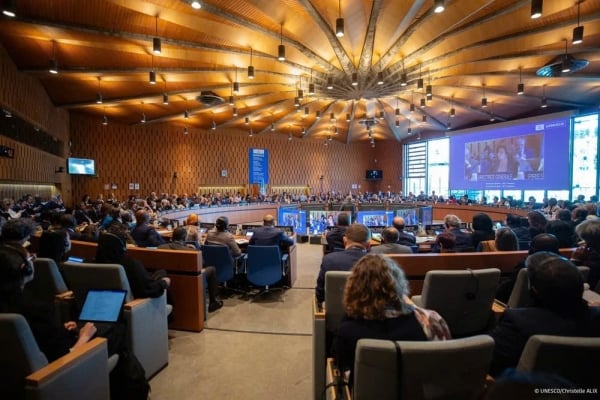



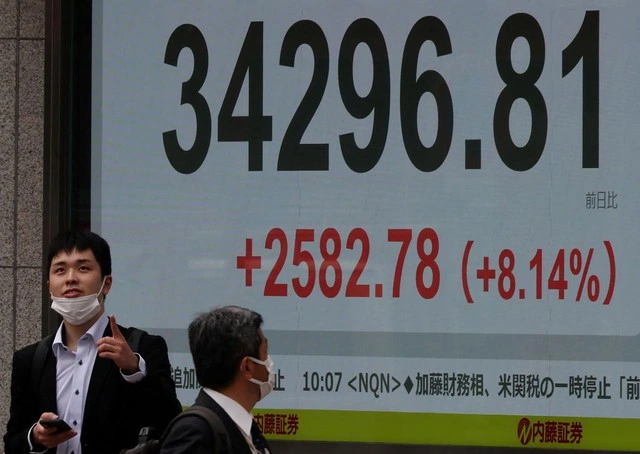
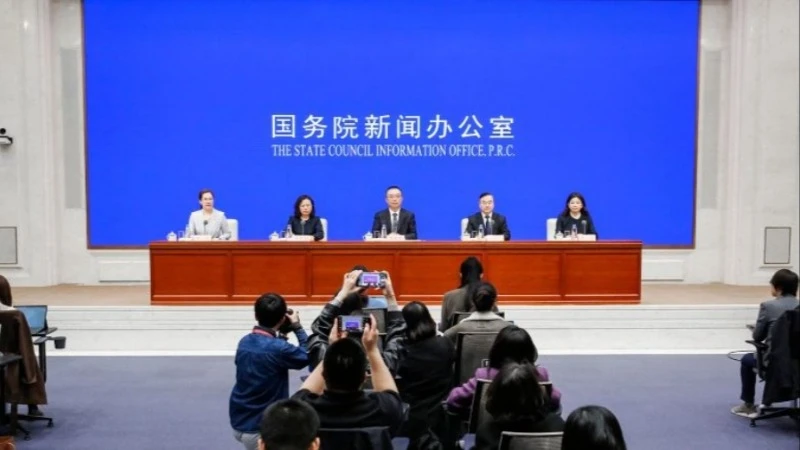




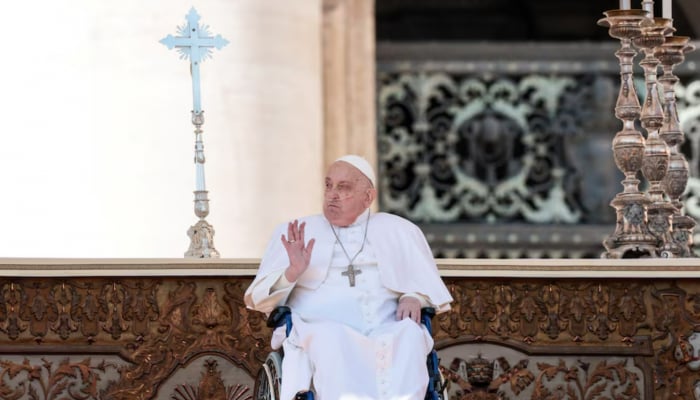



![[Photo] Summary of parade practice in preparation for the April 30th celebration](https://vstatic.vietnam.vn/vietnam/resource/IMAGE/2025/4/11/78cfee0f2cc045b387ff1a4362b5950f)































































Comment (0)